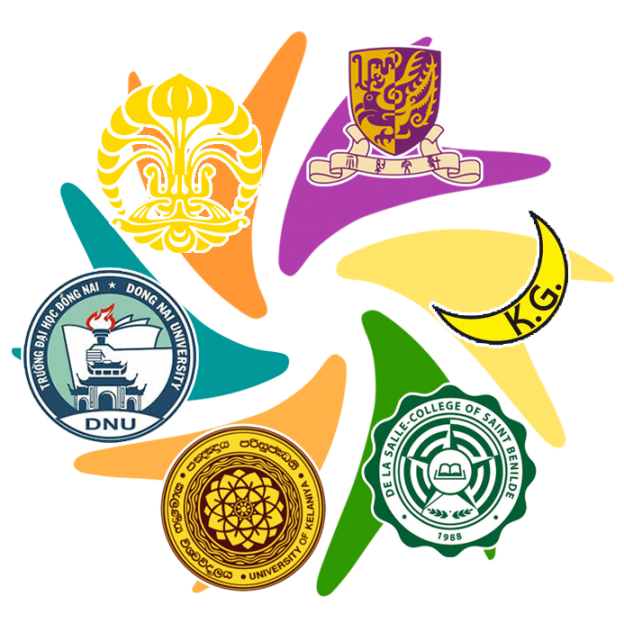![]()
The Asia-Pacific University Consortium for Sign Linguistics
Supported by The Nippon Foundation
- Home
- News
- Events
- Webinars
- Webinars 2020-21
- Webinars 2021-22
- It Takes Several “Villages” to “Raise” an Interpreter: A Case Study of the Historical and Ecological Context of Interpreter Education in the United States
- Development of Hong Kong Sign Language Repetition Test (HKSL-SRT)
- Word Order Issues in Sign Languages: Observations in Three Asian Sign Languages
- Sign Language and Early Literacy
- Developing a Parent Sign Language Curriculum
- The Role of Spoken Words in Deaf Communication
- How Is Information Emphasised by Facial and Other Cues?
- Webinars 2022-23
- Provision of Sign Language Interpretation in Asia
- Sign Language Interpretation Training, Testing, and Accreditation in Asia
- Developing Deaf Legal Theory
- Making Equality Law Work for Deaf People
- Early Communication and Language Development
- Deafness and Cognitive Development – Executive Functions and Theory of Mind
- Does Being Deaf Make a Difference to Mental Well-being and Health State?
- Assessment & Intervention in Mental Health Settings for Deaf People
- Sign Linguistics
- Module 1 – Introduction
- Module 2 – What is Linguistics?
- Module 3 – The emergence of Sign Linguistics
- Module 4 – Sign Phonetics and Phonolgy: Stokoe’s notation symbol
- Module 5 – Sign Phonetics and Phonology: Duality of patterning
- Module 6 – Phonetics and Phonology: Minimal Pairs
- Module 7 – Sign Phonetics and Phonology: Symmetry and Dominance Condition
- Module 8 – Sign Phonetics and Phonology: Phonological processes, lexical variation and historical changes
- Module 9 – Use of Space in Sign Languages: Verb Classification
- Module 10 – Use of Space in Sign Languages: Referent Localization
- Module 11 – Use of Space in Sign Languages: Marking Temporal Relations
- Module 12 – Use of Space in Sign Languages: More on Verb Agreement
- Module 13 – Sign Language Morphology (I): Sequential (Concatenative) Morphology
- Module 14 – Sign Language Morphology (II): Simultaneous (Non-concatenative) Morphology
- Module 15 – Non-manuals in sign languages (I)
- Module 16 – Non-manuals in sign languages (II)
- Module 17 – Classifier Constructions in Sign Languages (I)
- Module 18 – Classifier Constructions in Sign Languages (II)
- 手話言語学
- 第1章:手話言語学ウェブサイトについて
- 第2章:言語学とは?
- 第3章:手話言語学の登場
- 第4章:手話音声学および音韻論:ストーキーの手話表記法
- 第5章:手話音声学および音韻論:二重分節性
- 第6章:手話音声学および音韻論:ミニマルペア
- 第7章:手話音声学および音韻論:対称制約と優位制約
- 第8章:手話音韻論および語彙:音韻現象、語彙のバリエーション、歴史的変化
- 第9章:手話言語における空間の利用:動詞の分類
- 第10章:手話言語における空間の利用:指示対象の位置特定
- 第11章:手話言語における空間の利用:時間関係の標示
- 第12章:手話言語における空間の利用:動詞の一致
- 第13章:手話形態論(I)順次(連鎖的)形態法
- 第14章:手話形態論(II):同時(非連鎖的)形態法
- 第15章:手話言語における非手指表現(I)
- 第16章:手話言語における非手指表現(II)
- 第17章:手話言語におけるCL構文(I)
- 第18章:手話言語におけるCL構文(II)
- Contact Us
